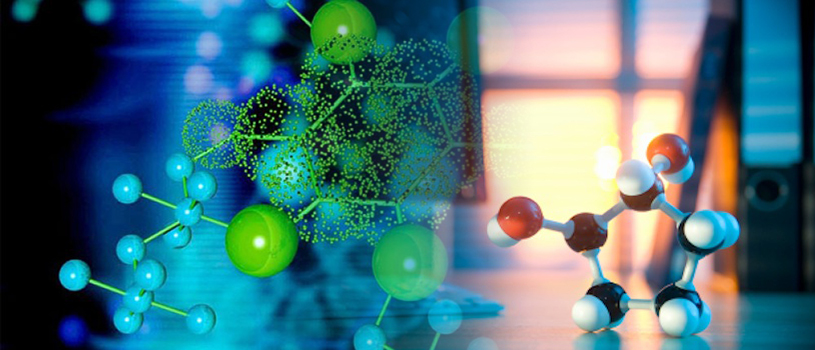
A new groundbreaking study in the journal Science Advances reveals that small “bridges” of multiple carbon nanotubes formed together to make a "sponge" support the growth of nerve fibers and can even connect individual nerve networks that have previously been severed.

Human intelligence is being defined and measured for the first time ever. The more variable a brain is, and the more its different parts frequently connect with each other, the higher a person's IQ and creativity are.

The immune system affects - and even controls - social behavior, a new study has found. The discovery could have enormous implications for neurological conditions such as autism and schizophrenia.

Scientists at TCD have made groundbreaking advances with a new material that may one day be used to build roll-up television screens.

Physicists on CERN's LHCb collaboration say they've observed three new exotic particles - X(4274), X(4500) and X(4700) - and also confirmed the existence of a fourth one, X(4140).

It's happening: as early as later this year, the gene-editing power tool CRISPR could be used in its first ever human trial.

The discovery power of the gene chip is coming to nanotechnology. Researchers have figured out how to make combinatorial libraries of nanoparticles in a very controlled way. Some of the nanoparticle compositions have never been observed before on Earth.

DNA is the fundamental molecule for life on Earth, but it might soon become a key component in the construction of nanoelectronic devices as well.

Even though conducting missing electrons and transparency were considered mutually exclusive, this new material both efficiently conducts missing electrons and retains most of its transparency to visual light.

A new technique preps donor neural stem cells and grafts them into an older brain. Could it someday be possible to replace brain cells and restore memory?

By slowing down light to a speed slower than flowing electrons, researchers create a kind of optical "sonic boom"

Harnessing the shared wave nature of light and matter, researchers have used light to explore some of the most intriguing questions in the quantum mechanics of materials.

Hints of an unexpected new particle could be confirmed within day. And if it is, the Standard Model could be going down

China intends to start building the world's most powerful supercollider in 2021 in a bid to quickly transform itself into the world leader in particle physics.